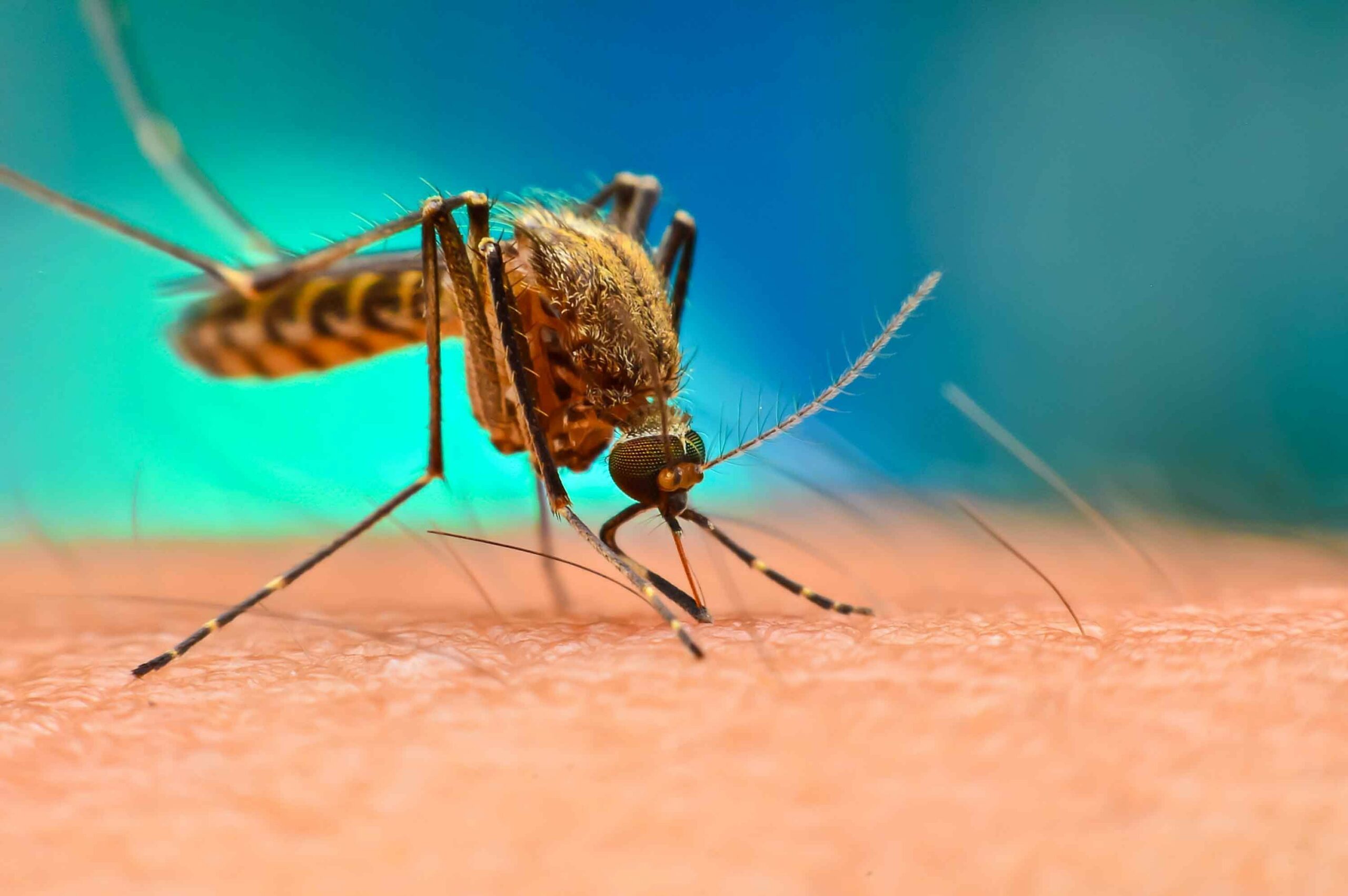Vectors are organisms that carry pathogens such as viruses, bacteria, and parasites from their reservoir to humans or other places. Several diseases and disorders such as PTSD and stroke don’t need vectors. People experience them without the help of vectors. But certain diseases rely on vectors to be successful. One of the successful diseases due to vectors is Malaria. Malaria is a fatal disease caused by a parasite that is transmitted to people through the bites of an infected mosquito. It can even cause swelling of the topic nerve and bleeding of the retina — both of which could lead to vision problems.
Malaria in Ancient History
Malaria is among one of the oldest diseases known and it has infected and affected our ancestors since human history. Ancient writings and artifacts provide evidence on malaria’s unique place in history.
The Nei Ching (The Canon of Medicine) of China from 4,700 years ago observed tertian (every third day) and quartan (every fourth day) fevers with enlargement of the spleen which are a common finding in Malaria. They blamed the symptoms of Malaria on three demons – one carrying a hammer (headaches), another a pail of water (chills), and the third a stove (fever).
In northern India, Vedic and Brahmanic scriptures from 3,500 to 1,900 years ago contain many descriptions of fevers said to be almost certainly caused by malaria. They are also said to make reference to the tertian and quartan fevers as the “king of diseases”.
Malaria had appeared in writings of the early Greeks. The Greek poet Homer mentions malaria in The Iliad (750 B.C.). Aristophanes, Aristotle, Plato, and Sophocles reference malaria in their writings. The “Father of Medicine,” Hippocrates described the disease in a medical text (450 B.C.) and was well aware of the poor health, malarial fevers, and enlarged spleens in people living in marshy places.
For over 2,500 years, malaria fevers were thought to be caused by miasmas coming from swamps. In 1718, the term malaria was coined coming from the Italian word mal’ aria (spoiled air) stemming from that belief.
Unraveling Malaria
The discovery of bacteria by Anton Van Leeuwenhoek in 1676 and the findings of Louis Pasteur and Robert Koch (1878- 1879) on the relationship between microorganisms and infectious diseases weakened the miasma theory of malaria and search for the real cause of malaria intensified.
On October 20, 1880, while looking through a crude microscope at the blood of a soldier, Charles Louis Laveran observed a parasite moving within a red blood cell. He recognized four distinct forms in human blood that would prove to be the malaria parasite in different stages of its life cycle. Six years later, Italian Camillo Golgi linked the rupture and release of malaria parasites from the blood with the onset of every third and fourth-day fever. He also was able to describe different malarial parasites.
How malaria spread was one of the questions that baffled scientists. Over the centuries, circumstantial evidence suggested that mosquitoes are somehow connected with malaria. It was the effort of Ronald Ross that showed avian malaria parasites growing in the mosquito. In 1902, Ross received the Nobel Prize for discovering the mosquito stages of malaria in birds. Giovanni Grassi and his team confirm that human malaria parasites undergo the same avian malaria parasites life stages observed by Ronald Ross.
In the 1950s, a malaria eradication campaign was done but because of the resistance of malaria parasites to the drugs used and the resistance of mosquitoes to the insecticides used, the campaign failed.
The Cause and Its Transmission
Malaria is an acute febrile or fever illness caused by the Plasmodium parasite. There are more than 100 species of Plasmodium which can infect different animals such as mammals, birds, and reptiles. Only five species are recognized to infect humans. Two species namely P. falciparum and P. vivax pose the greatest threat.
It is commonly transmitted through the bites of female Anopheles mosquitoes. There are known 400 different species of Anopheles mosquitoes and around 30 of them are malaria vectors.
Transmission depends on mosquito lifespan. The parasite should have time to complete its development inside the mosquito and where it prefers to bite humans rather than other animals. Most of the world’s malaria cases are in Africa and the reason is that African malaria vectors have a long lifespan and human-biting habit.
Transmission can also be affected by climate conditions such as rainfall patterns, humidity, and temperature. These will affect the number and survival of mosquitoes. Malaria epidemics when climate conditions favor transmission in areas where people have little immunity to malaria.
For most people, symptoms usually begin 10 to 14 days after the infective mosquito bite. Symptoms include fever, sweats, chills, headaches, muscle aches, vomiting, and nausea. Malaria can cause jaundice, yellowing of the skin and eyes, and anemia due to the loss of red blood cells.
Children with severe malaria can also develop respiratory distress or cerebral malaria. In adults, multi-organ failure is frequent.
Current Status of Malaria
In 2018, malaria cases worldwide were estimated to be around 228 million with 400,000 estimated deaths. And children aged under 5 years old are the most vulnerable group affected by malaria. 67% of all malaria deaths worldwide are children.
The African region continues to be the hotspot of malaria. In 2018, 93% of all malaria cases and 94% of malaria deaths were in the African region.
Malaria can now be cured by prescription drugs. Several antimalarial drugs are now available. The disease should be treated early on its course to prevent serious complications and reduce malaria transmission. There are now two vaccines available that provide partial immunity.
The best way to prevent and reduce malaria transmission is, therefore, to control the vector. In this regard, WHO recommends two forms of vector control. First, sleeping under an insecticide-treated net is advised. These nets not only provide a physical barrier but also create an insecticidal effect. Second, indoor spraying with residual insecticides is recommended as an effective measure.
Are you passionate about sharing your insights and expertise? We invite you to write for us! Whether you’re a seasoned writer or just starting out. We’re looking for fresh perspectives on a variety of topics, from lifestyle and wellness to technology and travel.
 Lifeyet News Lifeyet News
Lifeyet News Lifeyet News





